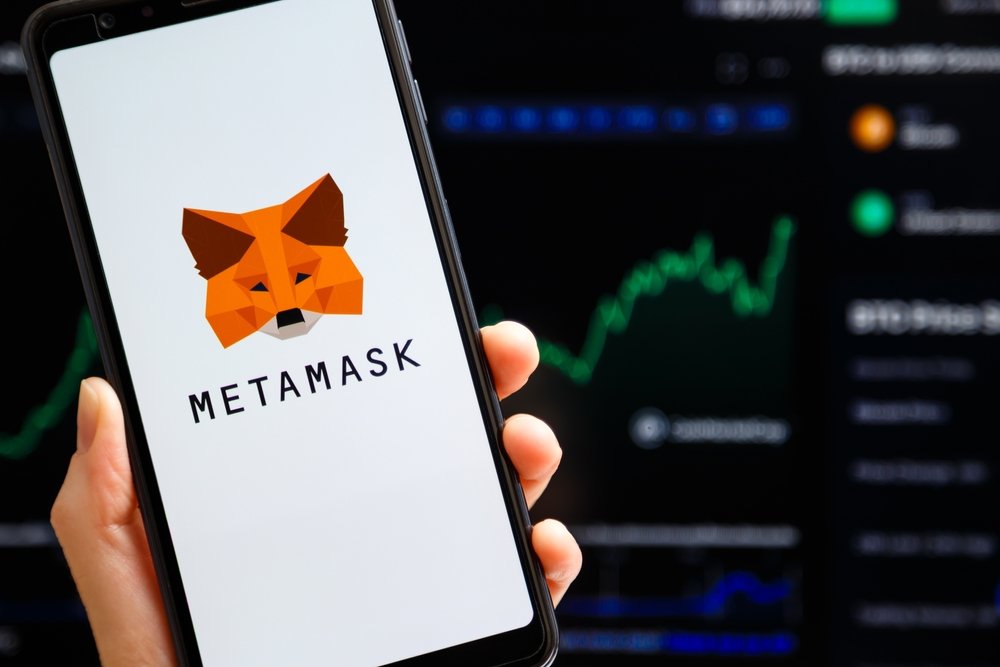Is the Crypto Wallet the New Cookie?
MetaMask is a crypto wallet built for the Ethereum blockchain that stores ERC-20, ERC-721, NFTs, and other ETH-based tokens. It operates as a browser plug-in and is one of the most popular self-custody wallets in the world. photo credit: Shutterstock
author: Eric Forst, Blocksee Co-founder & CEO
Cryptocurrency wallets have been gaining mainstream attention as a new way for brand marketers to reach new audiences and deliver better experiences to their token holders. With over 85 million crypto wallets worldwide, this technology offers a unique opportunity for marketers to tap into a growing and engaged audience.
With the release of iOS 14 in September 2021, Apple gave consumers new privacy controls that significantly undermined the power of cookies to help marketers deliver personalized experiences. That was also the month of the all time high in Facebook’s stock price. The more than 50% drop in Facebook’s (Meta’s) stock price since then is testament to how the value of the cookie has been destroyed by privacy concerns. Google also plans to phase out its use of third-party cookies in favor of a privacy-first web, which gives marketers new challenges and opportunities to reach their audiences.
One of the most exciting ways that crypto wallets can be used by brand marketers is through the use of NFT flyers, coupons and tickets. These unique digital assets can be airdropped to white lists of wallet holders, providing them with exclusive access to promotions and offers. This not only helps to drive engagement and loyalty among token holders, but it also creates a sense of exclusivity and scarcity that can help to boost brand awareness and drive sales.
With wallets, consumers have an anonymous user ID and marketers are still able to navigate the internet in a way that lets them take definitive action to attract consumers deeper into a funnel. It’s why you see companies like Amazon, with all that rich transactional data, entering into the Web2 advertising ecosystem because that data is valued over Google and Facebook’s data for brands that want to be able to customize their messaging. Because your wallet is on a public ledger, it shows all of the brands that you interacted with and the things you actually purchased.
You start to see there’s a lot of potential for brands to start to deliver ads more effectively on Web3 by leveraging all of the public data around all consumers internationally and to have a protocol that programmatically delivers unique experiences based on things that consumers are actually consuming and the things that they actually want the most.
So, another way that crypto wallets can be used by brand marketers is through the use of big data and analytics. By leveraging the vast amount of data that is stored within crypto wallets for lead-gen, helping to identify the most promising segments of the wallet-holding population and target them with personalized campaigns.
QR code overlays can also help brand marketers to gain valuable data from their campaigns. By overlaying QR codes onto digital assets such as flyers and coupons, marketers can easily track the number of views and conversions that their campaigns are generating. This can help to optimize campaigns in real-time and make adjustments as needed to ensure maximum effectiveness.
With 85 million crypto wallets worldwide, wallets offer a wealth of new opportunities for brand marketers. They can be used to reach new audiences, deliver better experiences to token holders, and gain valuable insights into consumer behavior.
As the crypto market continues to grow, it is likely that we will see more and more marketers turning to this technology as a way to connect with their target audience and drive business growth.

